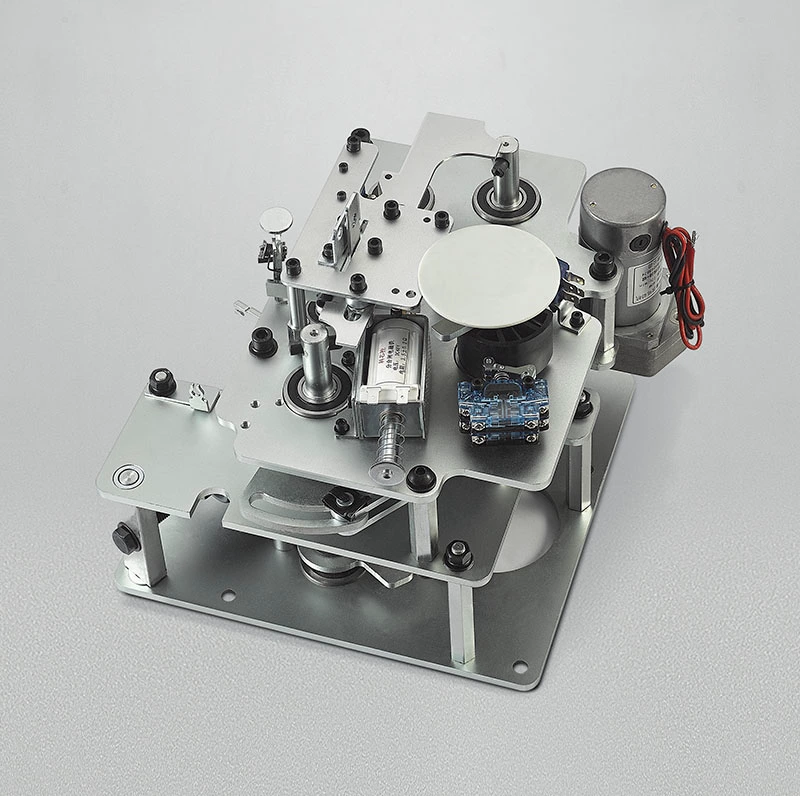What Is The Sf6 Circuit Breaker Operating Mechanism?
sf6 circuit breaker operating mechanism is also called a device-type circuit breaker. All parts are sealed in a plastic shell. Auxiliary contacts, undervoltage releases, and shunt releases are mostly modularized. Due to its very compact structure, sf6 circuit breaker operating mechanism is basically impossible to repair. It is mostly operated manually, and large capacity can be selected for electric separation and closing. Due to the application of electronic overcurrent releases, molded case circuit breakers can also be divided into Class A and Class B. Class B has good three-stage protection characteristics, but due to price factors, Class A products using thermal magnetic releases have a higher market share. Molded case circuit breakers are contacts, arc extinguishing chambers, releases, and operating mechanisms that are all installed in a plastic shell. Generally, maintenance is not considered. It is suitable for branch protection switches. Overcurrent releases are of two types: thermal magnetic and electronic. Generally, thermal magnetic molded case circuit breakers are non-selective circuit breakers, with only two protection modes: overload long delay and short circuit instantaneous. Electronic molded case circuit breakers have four protection functions: overload long delay, short circuit short delay, short circuit instantaneous, and ground fault. Some newly launched electronic molded case circuit breakers also have a regional selective interlocking function. Most molded case circuit breakers are manually operated, and some are equipped with motor operating mechanisms.

